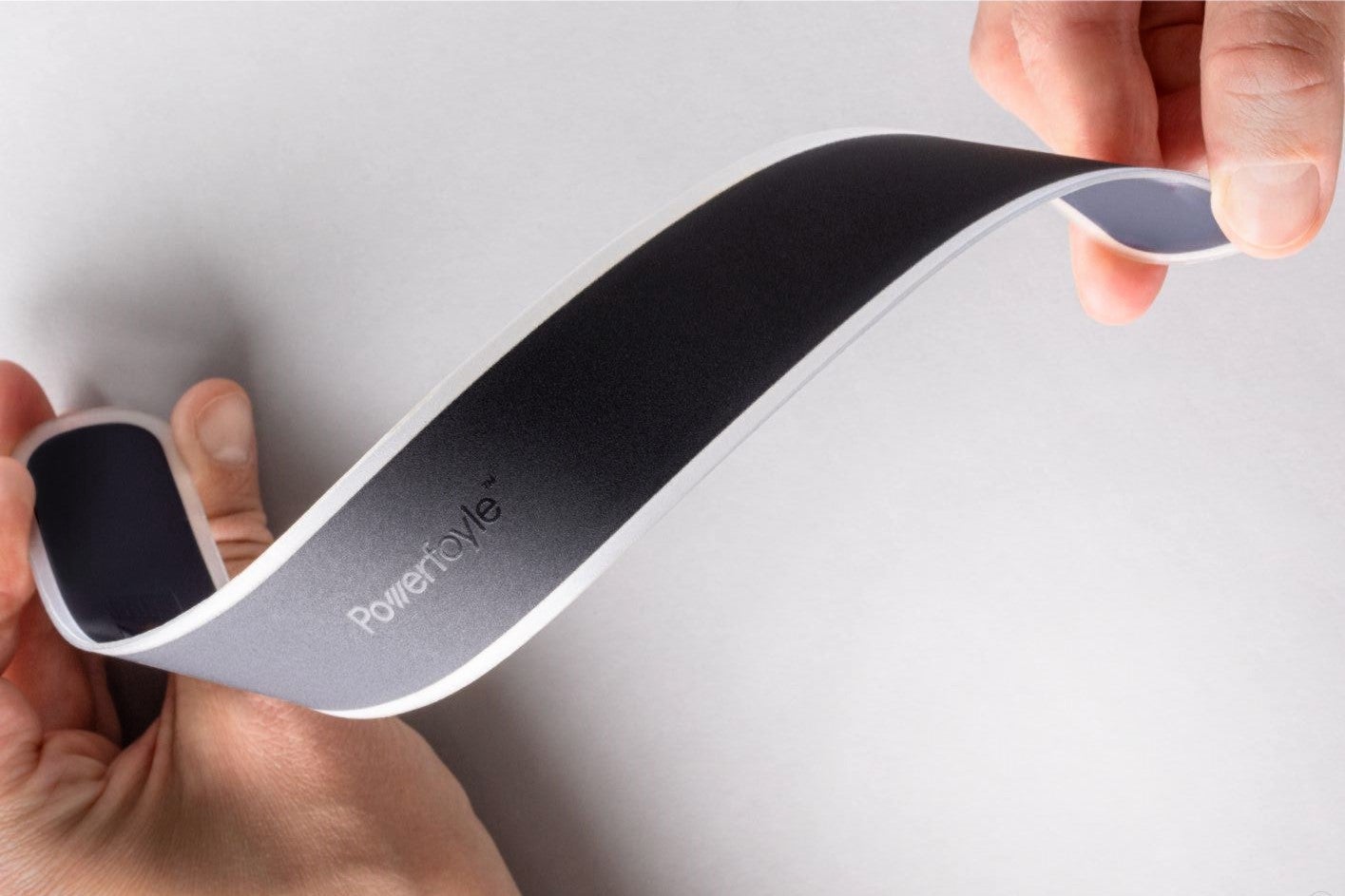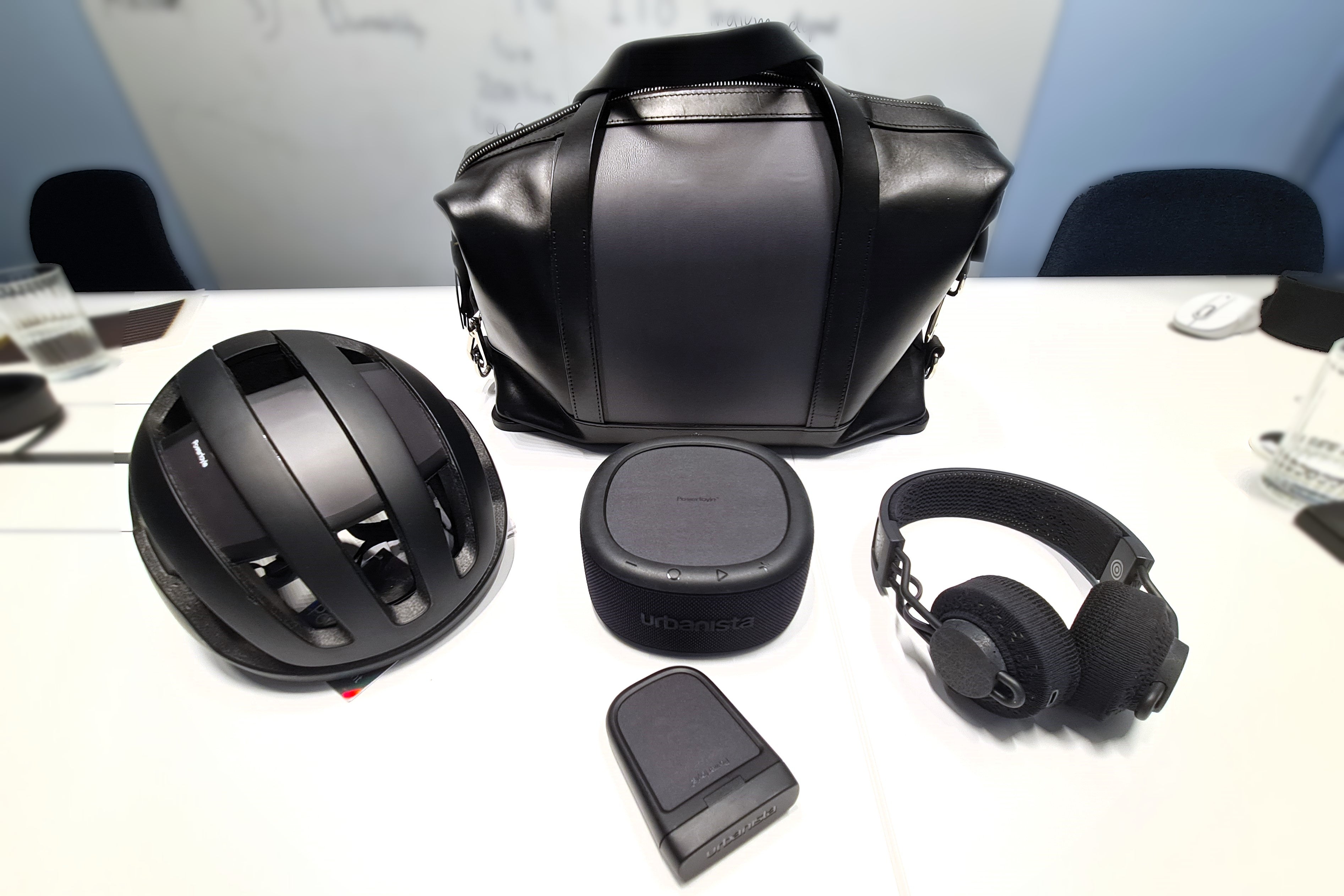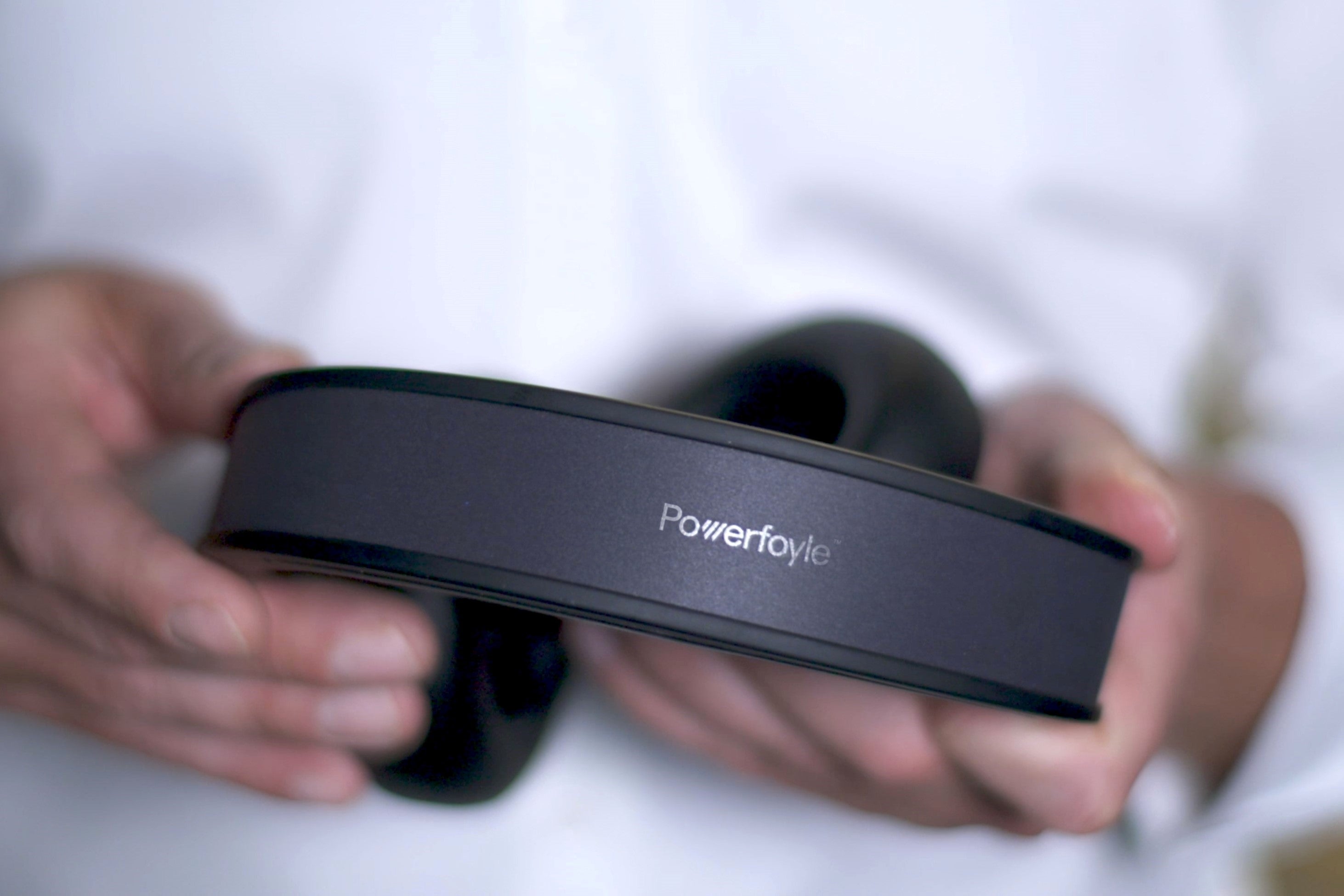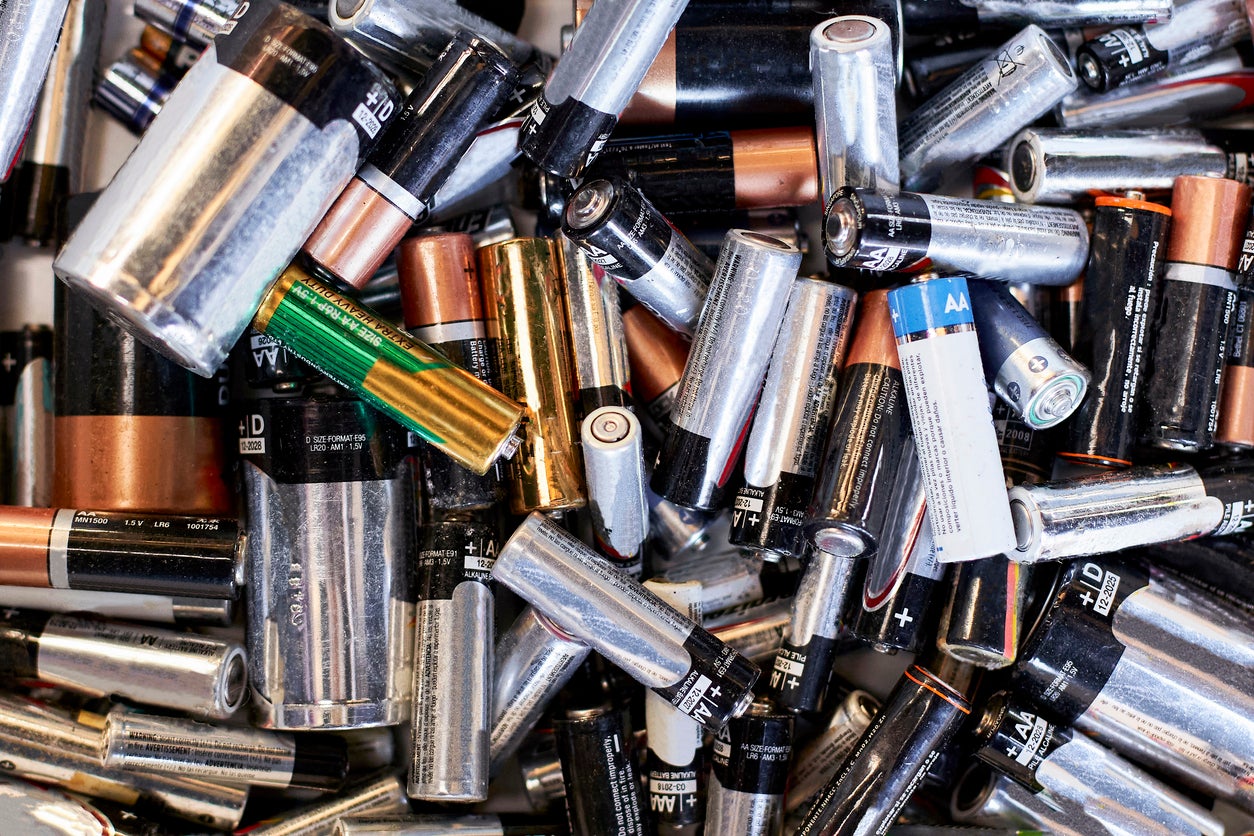How ‘world-changing’ solar tech could mean the death of batteries
Harvesting energy from any light source – even a candle – a new generation of ultra-durable and flexible solar cells means devices never need charging. ‘Our grandchildren will laugh that we had cables,’ one industry pioneer tells Anthony Cuthbertson


Your support helps us to tell the story
From reproductive rights to climate change to Big Tech, The Independent is on the ground when the story is developing. Whether it's investigating the financials of Elon Musk's pro-Trump PAC or producing our latest documentary, 'The A Word', which shines a light on the American women fighting for reproductive rights, we know how important it is to parse out the facts from the messaging.
At such a critical moment in US history, we need reporters on the ground. Your donation allows us to keep sending journalists to speak to both sides of the story.
The Independent is trusted by Americans across the entire political spectrum. And unlike many other quality news outlets, we choose not to lock Americans out of our reporting and analysis with paywalls. We believe quality journalism should be available to everyone, paid for by those who can afford it.
Your support makes all the difference.Every six seconds, in a factory on the northern fringes of Stockholm, a top secret printer is spewing out sheets worth thousands of euros apiece. Each one contains 108 miniature solar cells that will soon find their way into everyday gadgets – from keyboards to headphones – that will fundamentally change how we interact with technology. According to their creator, they will even force us to rethink our relationship with light.
Sweden may seem an unlikely location for a solar revolution, but the lack of light during the winter months was one of the reasons for Exeger co-founder Giovanni Fili to look beyond the Sun as the sole source of power for a photovoltaic cell. His company’s breakthrough tech can harvest electricity from virtually any light source, from direct sunlight to candlelight. It can even generate a charge from moonlight, though it would take a while for it to be of much use.
“Like the algae on the bottom of the ocean where it’s almost pitch black, we can make efficient use of very few photons,” Fili tells The Independent. The t-shirt he wears describes his company’s technology as “world-changing”, capable of simultaneously addressing the global need for energy and some of our planet’s greatest environmental challenges.

Indoor solar panels have been around for decades. Solar-powered calculators were first introduced in the 1970s, but the limitations of the amorphous silicon cells they rely upon mean they are too low power, too fragile and too rigid to be integrated into other products.
The latest innovation stems from a discovery made in 1988 relating to dye-sensitised solar cells (DSSC). A pair of scientists from UC Berkeley in California invented a low-cost, high-efficiency cell that was both semi-flexible and semi-transparent, which offered a pathway for commercial development of the technology.
Just over 20 years later, Fili and fellow Exeger co-founder Henrik Lindström came up with a new electrode material that offered 1,000 times better conductivity. The breakthrough formed the basis of their Powerfoyle cells that are now being produced at a commercial scale.
Exeger’s Powerfoyle solar cells offer a radical departure from the traditional glass-covered panels, eliminating the need for the silver lines you see on them that serve as conductors. They are also not sensitive to partial shading, which drastically reduces the efficiency of photovoltaic panels.
The patented skin-like material can even morph into almost any material to allow for seamless integration into a huge range of products, while remaining waterproof, dustproof and shockproof.
“It works in any light condition, it’s more durable than any other solar cell in the world, it’s easy to manufacture, and it can imitate any surface – leather, carbon fibre, wood, brushed steel. It’s also beautiful,” Fili says. “So we can integrate into products that are already selling in the billions of units per year.”
Exeger’s Stockholm facility has the capacity to produce 2.5 million square metres of solar cells each year, making it the largest factory of its kind in Europe. Speaking at the factory’s opening in 2021, Fili predicted that Exeger’s technology will “touch the lives of a billion people by 2030”

The Powerfoyle solar cells have already found their way into seven on-the-shelf products – including headphones, wireless speakers and a bike helmet – while a further six have been announced. Customers include Adidas, Phillips and 3M, while they are also rumoured to be in talks with LogiTech and Apple.
A battery-free future
Exeger is one of several startups pioneering the commercialisation of indoor solar panels, with the promise of clean, endless power attracting both researchers and entrepreneurs.
US-based Ambient Photonics was drawn into the space by the “magic” potential of the smart home, as well as the hope that it would be possible to eliminate the need for disposable batteries.
“The scale at which smart electronics are able to be deployed has been limited by battery life and the use of traditional batteries, which require continuous charging, stagnate product design, and have negative environmental consequences,” Bates Marshall, co-founder and CEO of Ambient Photonics, told The Independent.

TV remotes alone are responsible for 3.1 billion disposable batteries being thrown away each year, according to estimates from Samsung. The Korean electronics giant has made switching from alkaline batteries to photovoltaic energy a priority in order to reach sustainability targets, claiming it could reduce its greenhouse gas emissions by around 6,000 tons per year.
“Every advancement in the power density of our product brings us closer to a future where the need for disposable batteries is significantly reduced, if not entirely overcome,” Marshall says.
Ambient Photonics’ DSSCs have so far been integrated into remote controls, though limitations with the amount of heat and light they can be exposed to mean the technology is currently limited to indoor applications.
The versatility and durability of Exerger’s Powerfoyle means the only limitations are energy-intensive devices like laptops and smartphones – although they could provide a significant boost to their battery life of 50-100 per cent. Exeger is also exploring a solar-powered tablet cover that could provide enough power for infrequent users to never need to charge.
“Our grandchildren will laugh that we had cables,” Fili says.

One trend Fili has noted is that users of Powerfoyle products have become much more aware of their surroundings and the presence of light in their lives. “We are making people light conscious,” he says, “because light is power.”
Fili is driven by the belief that the Powerfoyle is an era-defining technology. Exeger is the first to commercialise the technology at this scale, though it remains relatively nascent given that Fili views everyone on the planet as a potential user. Others appear confident in his claims, with Forbes likening him to figures like Jeff Bezos, Bill Gates and Elon Musk.
The tech behind Exeger’s solar cells, like the printers that produce them, is a closely guarded secret. Even the purpose of the thousands of Powerfoyles currently being printed each minute at the Stockholm factory is not yet public knowledge. (The elongated shape of them strongly hints that they will be used in a product most of us use every day – one that this article is being typed on.)
“This is really, really huge,” Fili says. “We have just secured a contract with one of the world’s largest suppliers of keyboards and mice, and have already partnered with some of the biggest companies and brands on the planet. This technology is going to take over the world.”
Join our commenting forum
Join thought-provoking conversations, follow other Independent readers and see their replies
Comments